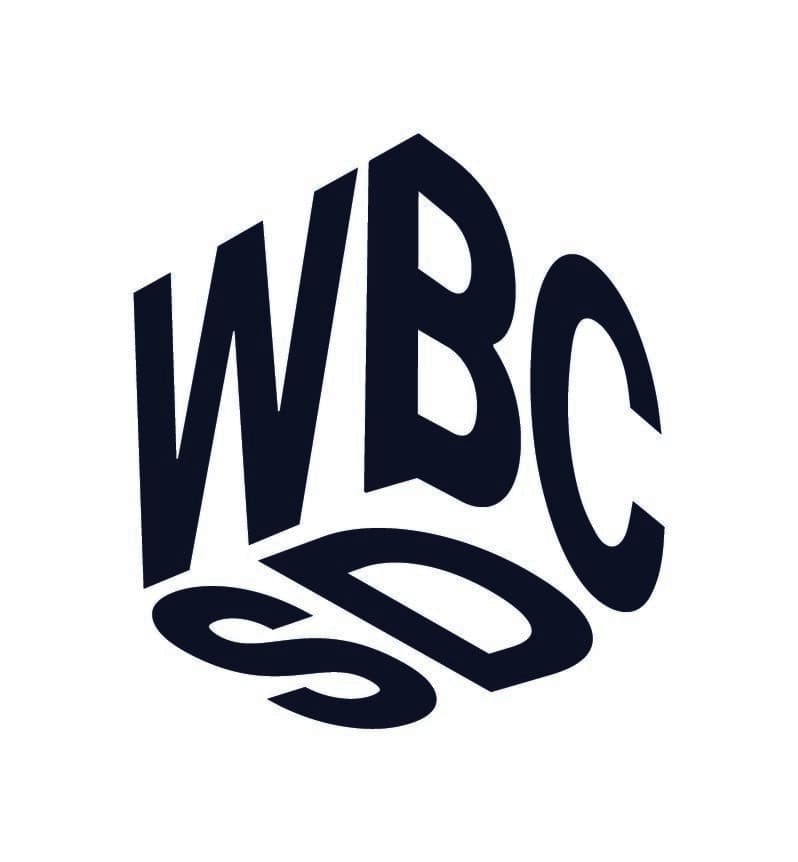Act Beyond Value Chain

Identify Key Stakeholders
Across the voluntary carbon market, six main groups of stakeholders play important roles:
1. Land stewards and carbon rights holders, especially Indigenous Peoples and Local Communities (IPs and LCs) are central to the delivery of high-quality projects and programs. If IPs and LCs are not the ones spearheading the project or program, developers must ensure their full and effective participation from initiation – as central rights holders in their territories – and must ensure the fair, equitable and transparent distribution of associated benefits and revenues. No organization should implement a project or program without the full and active participation of IPs and LCs and their free, prior and informed consent. In some cases, land stewards and carbon rights holders may overlap with the government.
2. Project developers design and implement projects in collaboration with partners on the ground, land stewards, carbon rights holders and local communities. If project developers are not the carbon rights holders, they must have the agreement of the carbon rights holders before initiating a project. Once independent third-party auditors validate and verify the projects to standards and a carbon crediting program certifies them, projects can receive tradeable carbon credits issued by a registry. Project developers may also provide integrated support services, such as supporting buyers with emissions calculations, strategic advisory and legal claims support. In addition, many project developers also have a consumer-facing operation (that is, they provide end-to-end services) and sell credits from the projects they support (along with other credits).
3. Non-governmental organizations (NGOs) often provide technical support to local communities, work in partnership with project developers, and can act as project developers themselves. As NCS projects and programs have conservation actions as their basis, conservation NGOs routinely promote high-integrity standards and offer technical assistance to ensure the integration of these standards into project planning and delivery phases. Human rights NGOs also play an important role in supporting the consultation processes and in ensuring IPs and LCs receive a fair share of the revenues.
4. Governments can also act as program developers. The role of governments can include setting and enforcing regulation – particularly for larger-scale programs – issuing forest carbon management permits, approving the transfer of carbon credits from land users to project proponents, overseeing the carbon asset creation value chain, and supporting the nesting of projects within jurisdictional programs. Additionally, governments can support specific programs and projects through in-country tax initiatives. As the implementation of Article 6 of the Paris Agreement advances, governments will be critical in establishing or approving registries to track projects. While this is still an evolving topic under the latest version of Article 6.4, governments will approve projects (along with the UN Supervisory Body) before UN-recognized credits (known as A6.4ERs) can be issued and countries, companies or even individuals can buy them.
5. Intermediaries facilitate transactions between project developers and end-buyers. They include portfolio managers, consultants, brokers, wholesalers and marketplaces. Companies can and do use intermediaries as needed to augment their internal capabilities to procure carbon credits.
6. End-buyers purchase NCS carbon credits to counterbalance their annual unabated residual emissions, neutralize their residual emissions, and compensate for historical emissions.
Additionally, six other actors play a critical role in the facilitation of the VCM. Notable types of organizations and programs that will be particularly relevant for you as you look to identify, select, and purchase high-quality carbon credits are as follows:
1. Carbon crediting programs define the rules and methodologies for different types of mitigation activities and issue credits to the developers of mitigation activities once the activity has gone through validation and verification.
2. Validation/verification bodies (VVB) conduct third-party assessments to provide independent confirmation that projects and programs are in line with requirements from carbon crediting programs.
3. MRV – companies who supply MRV services to help projects quantify, track and verify carbon removal.
4. Registries, through public-facing databases of all the projects and programs registered and credits issued, allow the public to transparently access project documentation and track issuance and retirement of credits to ensure one credit is associated with a single emission reduction or removal. You can use the registry to ensure that credits are not double counted or double claimed. In many cases, the carbon crediting programs also act as the registries.
5. Governing bodies are independent bodies that aim to drive a credible voluntary carbon market. These bodies set and, in some cases, enforce standards for stakeholders in the voluntary carbon market, including buyers, project and program developers and carbon crediting programs.
6. Carbon credit rating agencies rate the quality of projects based on independently acquired data. They are independent from carbon crediting programs and generally are hired by intermediaries or directly by the prospective buyers.